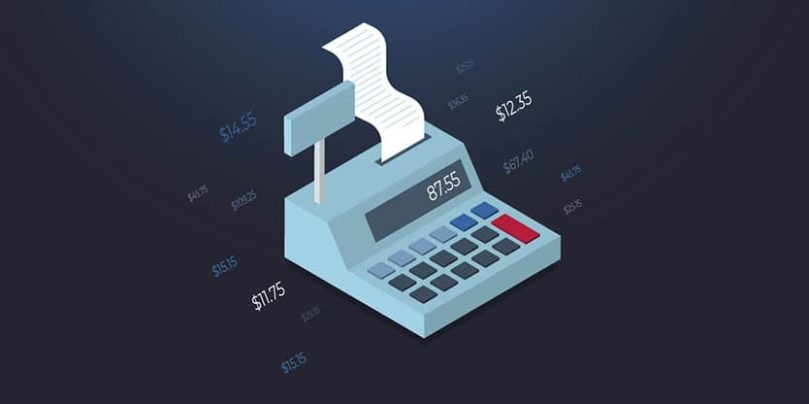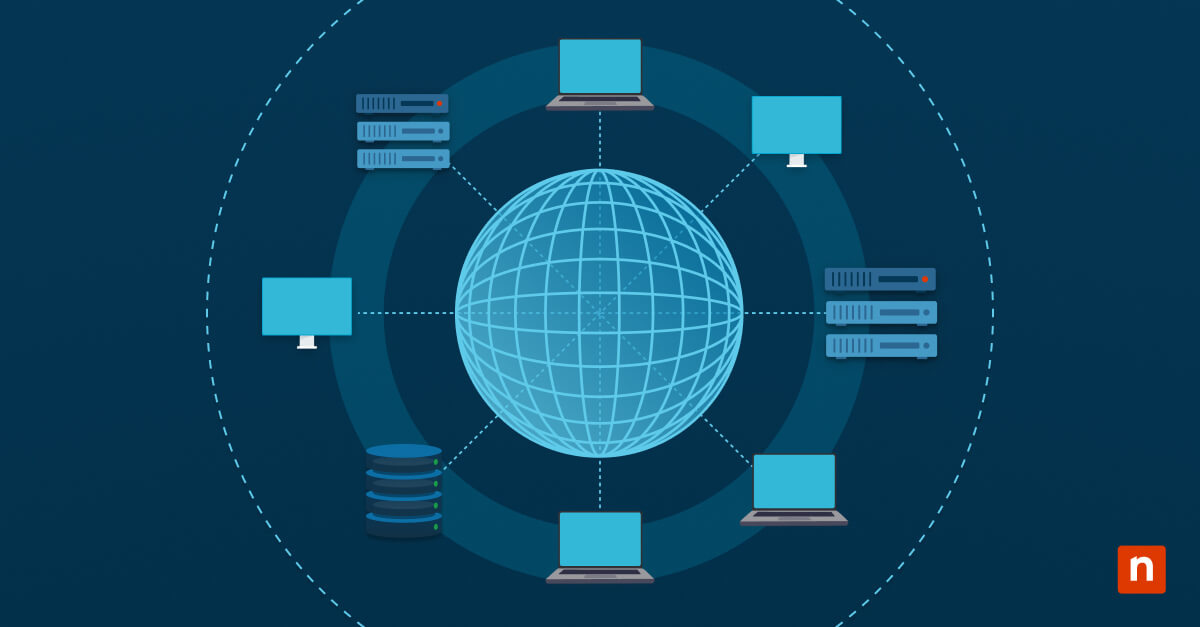What is software sprawl, and why is it impacting more organizations than ever? Find out the top causes and how IT teams can regain control.
In an effort to support evolving workforces and new technology, more organizations have recently implemented additional operational tools. These new tools often have a specialized purpose or were added to make processes more efficient. In most cases, however, it’s simply resulted in more management responsibility being added to an already stressed IT team.
Today, companies on average deploy 89 different apps (or as many as 187 for large enterprises), 30% of which are actually duplicative or add no distinct value.
This growing issue is known as “software sprawl” or “IT bloat,” and it happens when organizations build up their tool stack to support a number of different functions until it becomes overwhelming, wasteful, and unmanageable.
3 slippery reasons why software sprawl is getting out of hand
Software sprawl is not a new concern, but it has impacted a much larger number of organizations over the past couple of years. Here are a few reasons why you may feel overwhelmed by the number of tools on your own plate:
- Increase in hybrid and remote employees
One of the most obvious instigators of software sprawl is remote work. An astonishing 74% of US companies are using or plan to implement a permanent hybrid work model. As more employees migrate to a hybrid or fully remote model, IT teams often struggle getting endpoint visibility and management they need. This has led to an excess of IT operations tools, ultimately increasing the burden of responsibility on IT. - Cybersecurity concerns
Remote work has also opened up more vulnerabilities for organizations, making previous cybersecurity protection methods insufficient. In addition, cybersecurity attacks continue to evolve and become increasingly advanced. On average, enterprises have 29 security monitoring tools in place just to protect the business from threats. When you add those on top of every other IT operations tool needed just to keep the business running, the count can get overwhelming. - Evolving business needs
Your business may not operate as it did in years prior. Between new services being offered or additional goods being sold, there may have been a need to implement new tools across the organization. According to data from HubSpot research, each employee uses an average of six tools per day just to get their job done. Though IT might not have direct interaction with each tool on a day-to-day basis, IT is responsible for security evaluations for new tool implementations, potential integration maintenance, and more.
How is software sprawl negatively impacting IT teams?
Unfortunately, the more apps IT teams are saddled with managing, the more efficiency, security, and morale tends to suffer. These problems can have a wide-ranging impact on your business:
$$$ Added costs $$$
Whether directly or indirectly, software sprawl contributes to a wide spectrum of growing costs:
- Software licensing costs: Licensing each application for each user has a direct cost. The more tools you implement, the more you’ll likely be paying.
- Training and hiring costs: As you grow your tool stack, your team needs to be adequately trained in order to know how to operate and maintain these tools. This training can take up valuable time and result in productivity loss and resource assignment.
- Efficiency costs: More tools, particularly unintegrated tools, can have a negative impact on productivity. Constantly needing to switch between applications, handling tool idiosyncrasies, and dealing with data mismatches adds friction that results in lost productivity.
- Implementation and integration costs: Adding additional tools to your stack comes with implementation costs. Integrations between systems also have setup costs as well as ongoing maintenance costs.
- Reporting costs: For businesses that must regularly report on IT management and cybersecurity outcomes, highly decentralized management stacks have significant reporting costs. With such disparate systems, reports must often be pulled and consolidated manually, taking valuable time and resources.
Additional management complexity
Managing a diverse, heterogenous IT stack requires additional management oversight while simultaneously not providing an appropriate management view of technician, network, and device activities.
Increased security risk
Having more tools increases your attack surface, creating additional vectors for entrance and increasing your likelihood of a successful attack. Many IT tools also require elevated permissions, meaning they will always be a target for attack.
Noise and misalignment between systems
The information provided by disparate and unintegrated solutions will often not align or can even directly conflict, making effective decision-making slow and difficult. This disparate information also obscures the root cause of problems and incidents, making it more difficult to solve business critical infrastructure and endpoint issues in a timely manner.
How to successfully manage software sprawl
So, how do you fix software sprawl or prevent from happening in the first place? By consolidating tools and creating a more unified tool stack, organizations can be more effective, spend less money, and minimize overall security risk. In a survey of 700 NinjaOne customers, we discovered that tool consolidation made a sizable impact on an organization:
- Customers who replaced current tools with NinjaOne were able to reduce their stack by 40%
- The average number of tools was reduced by 43
- After implementing NinjaOne, tool stack cohesiveness increased from a 4/10 to a 7/10
If you feel like your IT operations stack is feeling a bit overwhelming and you need some tips on tool consolidation, download our new guide, The Pitfalls of IT Tool Sprawl.
You can also discover more about NinjaOne’s unified IT management platform here.









